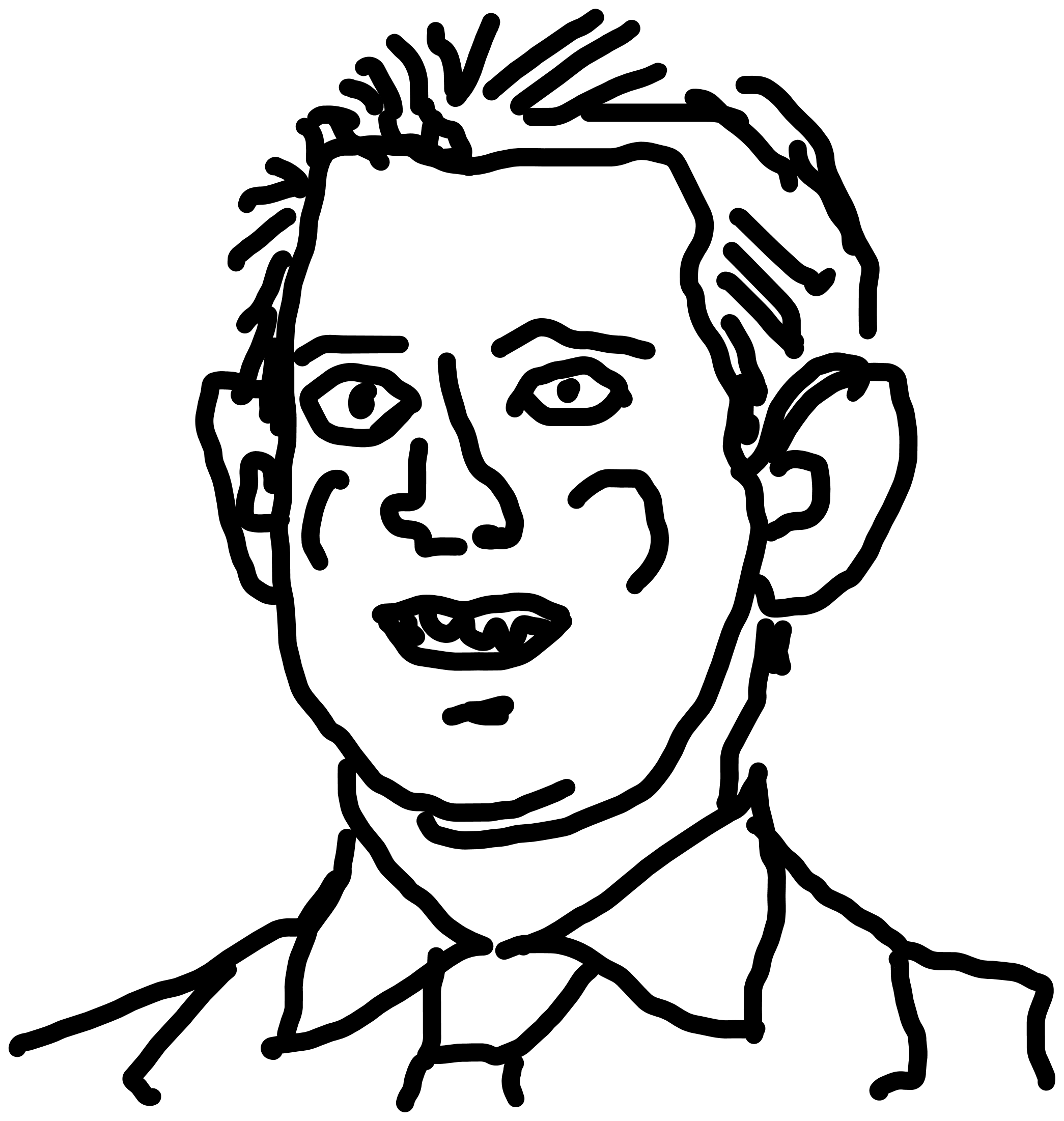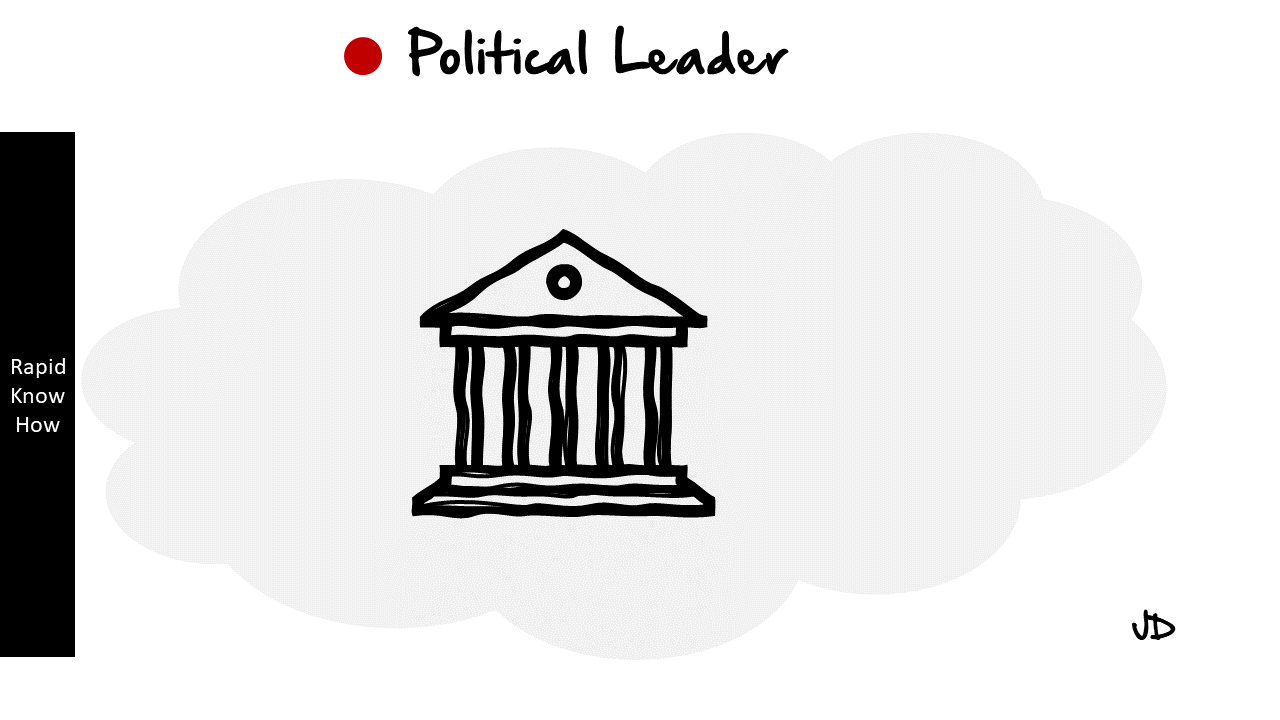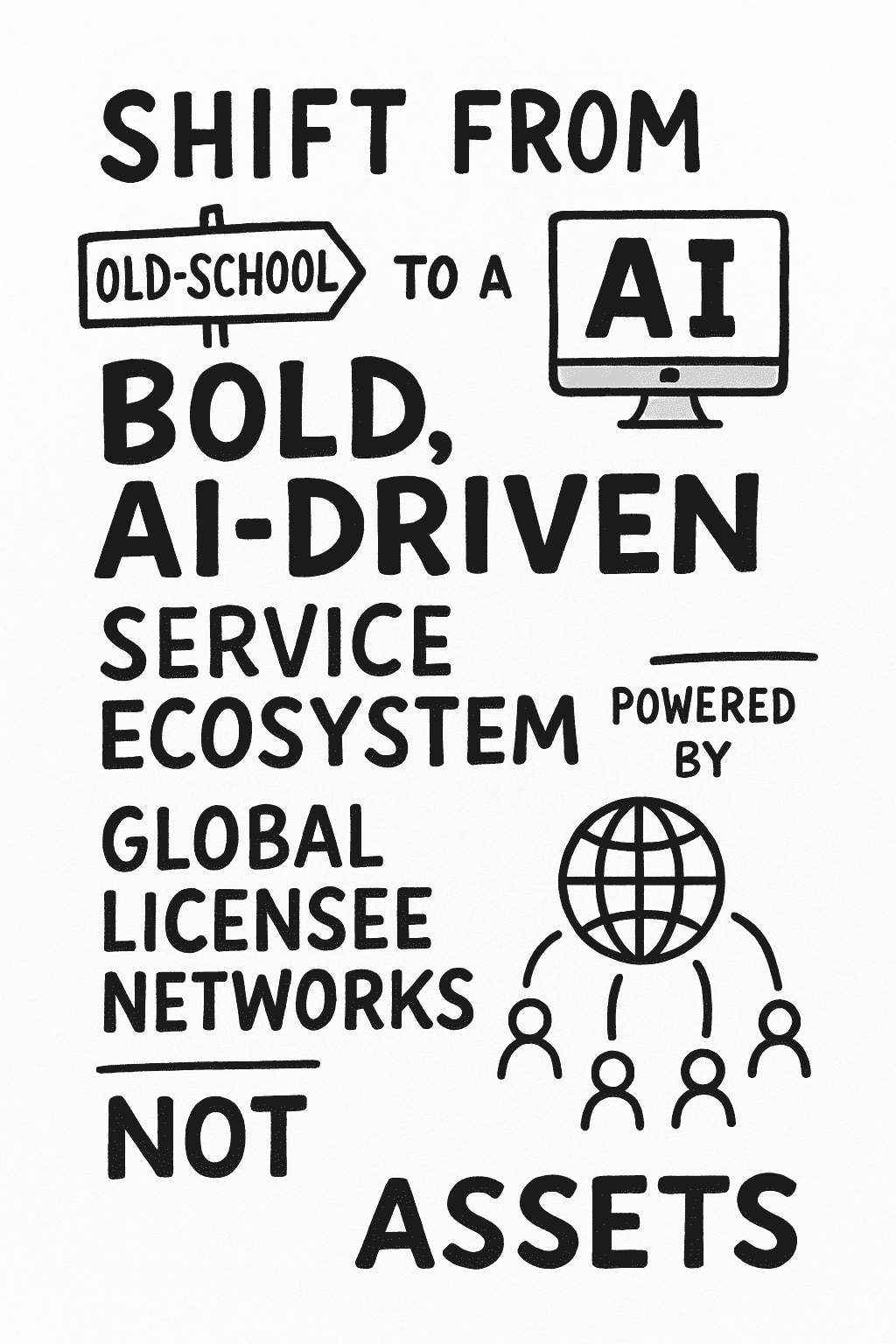The RapidKnowHow Process: Assessing Costs
Cost are increasing > What is the root cause > What are the Main Categories > What are the main subcategories > What are Options for Solutions > What is the feasibility of the solution > Time constraint > Resources required > Expected Effectiveness > Outcome : Ranking of Options from Best to Worst > Conclusion > Get started
When facing increasing costs, a structured approach is crucial to identify root causes and develop effective solutions. Below is a comprehensive guide tailored to address rising costs.
Costs are Increasing
1. What is the Root Cause?
To uncover the root cause of rising costs, we must perform a thorough analysis of various categories affecting expenses.
2. Main Categories
- Operational Costs
- Supply Chain and Logistics
- Labor Costs
- Production Costs
- Overhead Costs
- External Factors
3. Main Subcategories
Operational Costs
- Inefficiencies: Outdated processes leading to wasted time and resources.
- Equipment Breakdown: Increased maintenance and repair costs due to aging machinery.
- Technology Investment: Costs associated with upgrading systems that are becoming obsolete.
Supply Chain and Logistics
- Supplier Pricing: Increased prices from suppliers affecting raw material costs.
- Shipping Costs: Rising fuel prices or logistics inefficiencies.
- Inventory Management: Excess stock leading to higher storage costs.
Labor Costs
- Wage Increases: Higher wages due to market demand or minimum wage changes.
- Training and Development: Rising costs associated with employee training.
- Turnover: High turnover rates leading to costs associated with hiring and onboarding.
Production Costs
- Raw Material Prices: Increases in the cost of materials used in production.
- Production Volume: Decreased scale leading to higher per-unit costs.
- Quality Control: Inefficient processes leading to waste and rework.
Overhead Costs
- Facility Expenses: Rising rent or utility costs.
- Administrative Costs: Increased expenses related to business operations.
- Insurance Premiums: Rising insurance costs impacting the bottom line.
External Factors
- Inflation: General increase in prices across the economy.
- Regulatory Changes: New laws or regulations increasing costs (e.g., environmental compliance).
- Market Changes: Increased demand or decreased competition affecting cost structures.
4. Options for Solutions
Operational Costs Solutions:
- Implement process optimization initiatives.
- Invest in predictive maintenance for equipment.
Supply Chain and Logistics Solutions:
- Negotiate with suppliers for better pricing.
- Review and optimize logistics routes and partners.
Labor Costs Solutions:
- Introduce employee retention programs to reduce turnover.
- Cross-train employees to enhance flexibility and reduce training costs.
Production Costs Solutions:
- Investigate alternative materials that are more cost-effective.
- Implement lean manufacturing principles to reduce waste.
Overhead Costs Solutions:
- Conduct an audit of all overhead expenses to identify areas for reduction.
- Explore remote work options to decrease facility costs.
External Factors Solutions:
- Develop a flexible pricing strategy to adjust to inflation.
- Stay informed on regulatory changes and adjust budgets accordingly.
5. Feasibility of Solutions
- Process Optimization Initiatives: High feasibility; can be implemented quickly with existing resources.
- Supplier Negotiation: High feasibility; needs time and effort but no additional costs.
- Employee Retention Programs: Moderate feasibility; may require investment.
- Lean Manufacturing Principles: Moderate to high feasibility; requires employee buy-in.
- Overhead Audit: High feasibility; requires time but minimal cost.
6. Time Constraint
- Short-term (0-3 months): Supplier negotiations, overhead audit.
- Medium-term (3-6 months): Process optimization, employee retention programs.
- Long-term (6-12 months): Implementing lean manufacturing and technology upgrades.
7. Resources Required
- Financial Resources: Budget for potential investments, employee programs, or consulting services.
- Human Resources: Involvement of management, finance, sales, and operations teams.
- Technological Resources: Tools for process automation or analytics software.
8. Expected Effectiveness
- Supplier Negotiations: High effectiveness if successful.
- Process Optimization: High potential for cost savings.
- Employee Retention Programs: Medium to high effectiveness depending on implementation.
- Lean Manufacturing: High effectiveness, but requires culture change.
9. Outcome: Ranking of Options from Best to Worst
- Supplier Negotiation – Immediate impact on costs with high potential.
- Operational Cost Optimization – Quick wins through process improvements.
- Overhead Audit – Reducing unnecessary expenses is always beneficial.
- Employee Retention Programs – Long-term savings by reducing turnover.
- Implement Lean Principles – Effective but requires time and culture shift.
10. Conclusion
Rising costs can significantly impact a business’s profitability. Conducting a thorough analysis to identify root causes is essential. Implementing targeted solutions, particularly in supplier negotiations and operational improvements, can help mitigate increasing costs.
11. Get Started
- Step1: Assemble a cross-functional team to initiate an overhead audit and cost analysis.
- Step 2: Prioritize supplier negotiations and schedule meetings with key suppliers.
- Step3: Develop a timeline and action plan for implementing process optimizations.
- Step 4: Communicate with all employees regarding initiatives centered around cost management.
By following these steps, your organization can effectively manage rising costs and work towards improving your financial performance.





